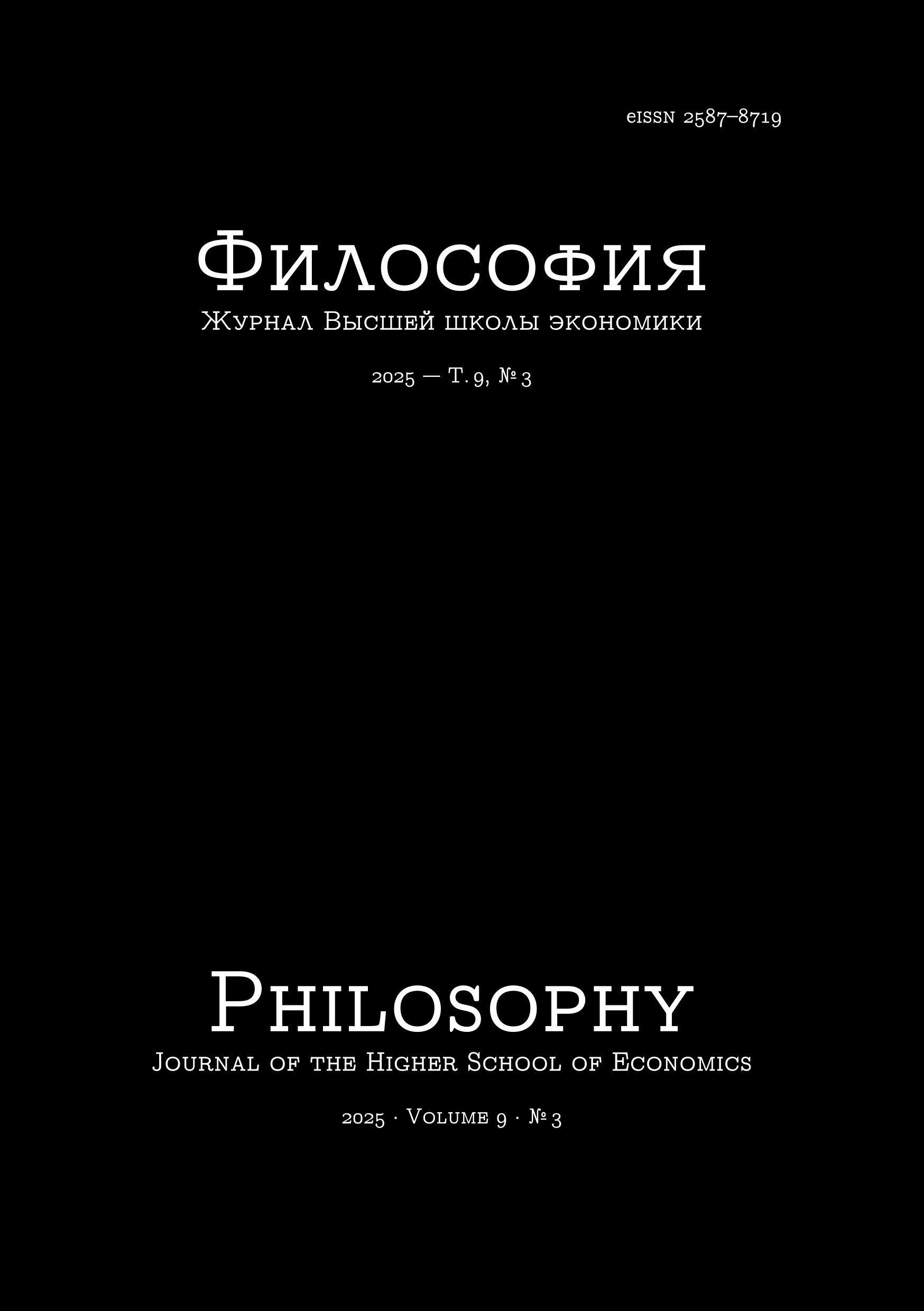Grammar, Map and Therapy
Metaphors of Philosophical Analysis in Wittgenstein, Ryle and Strawson
Abstract
This paper is dedicated to the concept of philosophical analysis in work of three classics of analytic philosophy: Ryle, Strawson and Wittgenstein. These philosophers, as many in their generations, believe that philosophical analysis does not bring forth new knowledge, it simply brings clarity into our ways of speaking. However, despite the main stream of analytical philosophy of 20th century, they take metaphors that philosophers use seriously. They use it to make “moves” in the argument and explain with the help of different metaphilosophical metaphors their general philosophical approach. Thier projects differ in goals, style, and also in key metaphilosophical metaphors by which our philosophers explain what they are doing. Ryle compares philosophical analysis with a work of a carthographer. This metaphor allows him to formulate the doctrine of analysis in a form of conceptual geography. Wittgenstein, in contrast, despite the fact of using the map-metaphor, makes a metaphor of therapy the central metaphor of his metaphilosophy. A philosophical problem is a disease that needs to be cured. Strawson opposes the metaphors and conceptions of Ryle and Wittgenstein. He does it by introducing a third metaphor. Philosophy is now analogous to a study of language grammar. The goal of such grammatical philosophy is to explicate the fundamental conceptual scheme of our thinking about the world. According to Strawson, there is a possibility of systematic analytical philosophy, and his metaphor offers a way to think about it. Wittgenstein, in contrast, discards any attempt to do analysis in a systematic way, while Ryle stays somewhere in the middle. Our reconstruction not only explicates these metaphilosophical differences, but also allows us to pay attention to the fact that, as it seems to be, all three philosophers transcend their own “official” formulations of a doctrine of analysis.
Downloads
Copyright (c) 2025 Philosophy Journal of the Higher School of Economics

This work is licensed under a Creative Commons Attribution-NonCommercial 4.0 International License.






